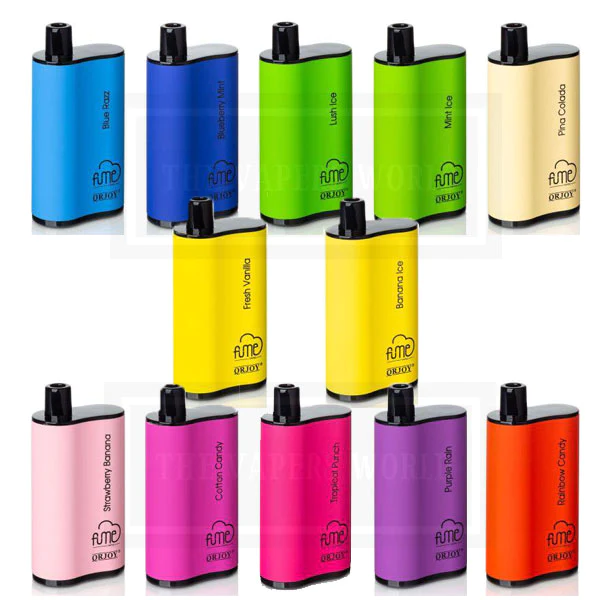In an era of increasing health awareness, the quest for smoking alternatives has gained momentum. From traditional tobacco products to modern innovations like e-cigarettes and nicotine patches, smokers are seeking options that reduce harm without sacrificing satisfaction. Let’s delve into the world of smoking alternatives and explore the possibilities for healthier choices.
Understanding the Need for Alternatives
The desire to quit smoking or reduce tobacco consumption stems from various factors, including health concerns, financial considerations, and social pressures. While smoking remains a prevalent habit, its associated risks and adverse health effects have prompted individuals to seek safer alternatives. By exploring smoking alternatives, smokers can mitigate health risks while maintaining their lifestyle preferences.
Traditional Tobacco Alternatives
For many smokers, the transition to healthier alternatives begins with exploring traditional tobacco alternatives such as nicotine gum, lozenges, and patches. These products deliver controlled doses of nicotine without the harmful toxins found in cigarette smoke. Nicotine replacement therapies (NRTs) offer smokers a gradual approach to quitting by alleviating withdrawal symptoms and cravings.
E-Cigarettes and Vaping Devices
The rise of e-cigarettes and vaping devices has revolutionized the smoking landscape, offering smokers a smoke-free alternative to traditional cigarettes. E-cigarettes heat a liquid solution containing nicotine, producing an aerosol that users inhale. Unlike conventional cigarettes, e-cigarettes do not involve combustion, significantly reducing exposure to harmful chemicals and carcinogens. However, ongoing research is needed to fully understand the long-term health effects of vaping.
Heat-Not-Burn Tobacco Products
Heat-not-burn tobacco products represent another innovative alternative to traditional smoking. These devices heat tobacco at lower temperatures, producing a vapor that users inhale. By avoiding combustion, heat-not-burn products reduce exposure to harmful byproducts of burning tobacco while still providing a familiar smoking experience. However, the health implications of long-term use require further investigation.
Herbal Smoking Blends
For individuals seeking nicotine-free alternatives, herbal smoking blends offer a natural and aromatic option. Composed of various herbs and botanicals, these blends mimic the ritualistic aspects of smoking without the addictive properties of nicotine. Herbal smoking blends come in a variety of flavors and formulations, catering to diverse preferences and tastes.
Promoting Smoking Cessation and Harm Reduction
While smoking alternatives offer viable options for harm reduction, promoting smoking cessation remains a primary objective in public health initiatives. Quitting smoking altogether is the most effective way to reduce health risks and improve overall well-being. Smoking cessation programs, support groups, and counseling services play a crucial role in empowering individuals to break free from nicotine addiction and embrace healthier lifestyles.
Conclusion: Empowering Healthier Choices
In the pursuit of smoking alternatives, individuals have a myriad of options to explore, each with its unique benefits and considerations. Whether transitioning to e-cigarettes, exploring nicotine replacement therapies, or embracing herbal alternatives, the journey towards healthier choices is personal and multifaceted. By fostering awareness, education, and access to cessation resources, we can empower individuals to make informed decisions and embark on a path towards improved health and well-being.



